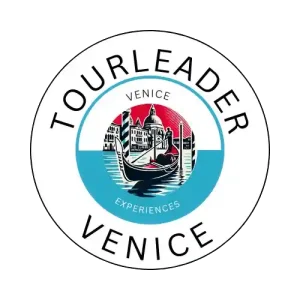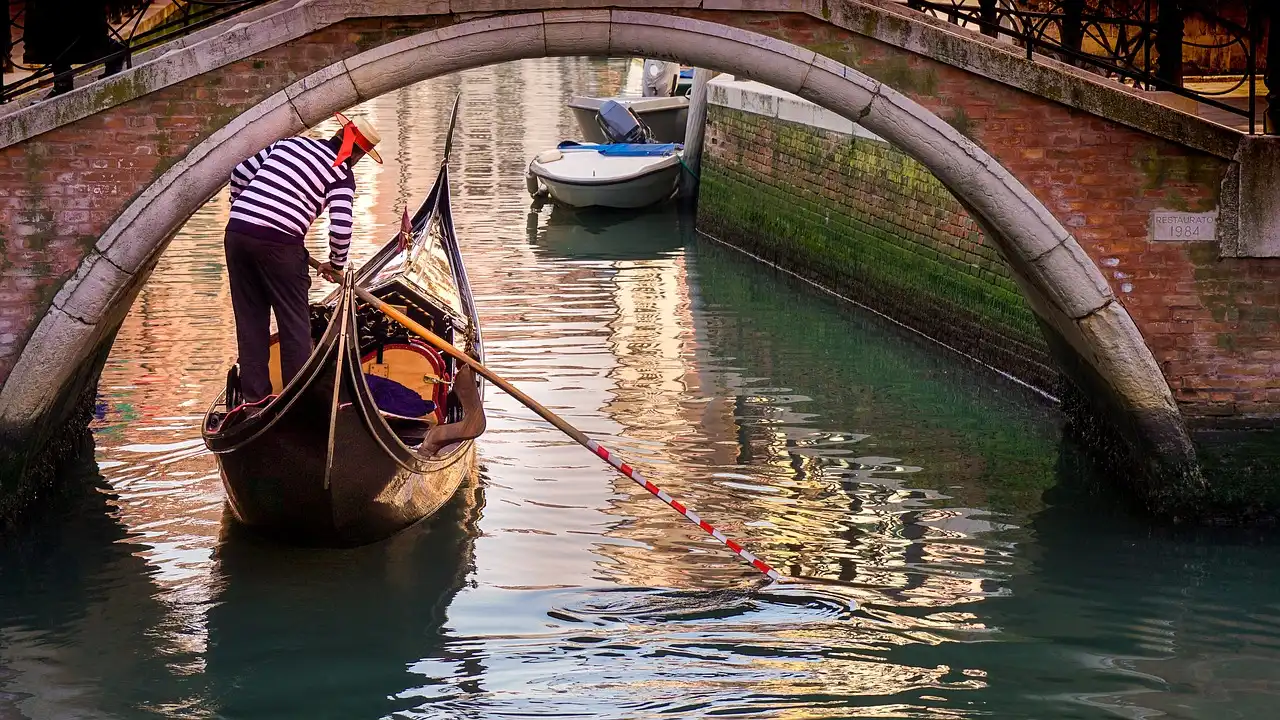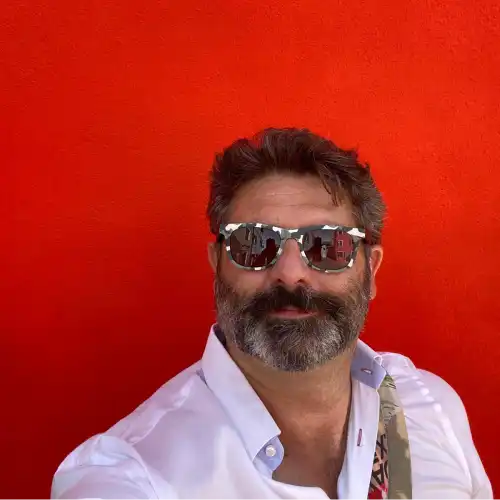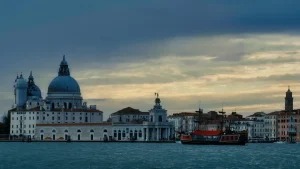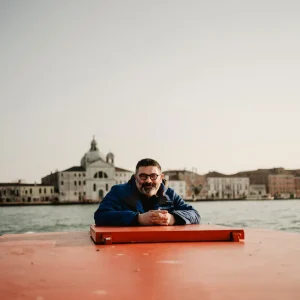Inside a Venetian Squero: Where Gondolas Are Born
When most people picture Venice, they imagine a gondola gliding silently through a narrow canal, the water shimmering, the oar cutting smooth ripples under the sun. But few ever stop to ask: where do these gondolas actually come from?
The answer lies in one of Venice’s most fascinating — and least understood — places: the squero.
These centuries-old boatyards are where Venice’s iconic black gondolas are designed, built, and repaired by hand. They are the beating heart of the city’s maritime soul — places where wood meets water, history meets craftsmanship, and Venice quietly keeps one of its oldest traditions alive.
In this guide, we’ll explore:
- What a squero really is
- Why it matters to Venetian culture and identity
- How gondolas are crafted — step by step
- The most famous squeri you can still see today
- And how to visit them with Tour Leader Venice for an authentic insider experience
🏗️ What Exactly Is a Squero?
A squero is a traditional Venetian boatyard — the workshop where gondolas and other lagoon boats are built and maintained. The word comes from the old Venetian term squara, meaning a team of workers collaborating on boat construction.
In short, it’s the Venetian version of a car garage — but instead of cars, you’ll find elegant wooden boats, polished oars, and the scent of pine, oak, and varnish hanging in the air. Every plank and curve is shaped by hand, using techniques that haven’t changed for centuries.
Each gondola is a living piece of art. It’s asymmetrical so it can glide straight with a single oar; it’s balanced by the famous ferro (iron prow) that symbolizes Venice’s six districts. Every element, from the seat to the curve of the stern, tells a story of local geometry, hydrodynamics, and tradition.
⚓ Why Squeri Matter to Venice
Without squeri, there would be no gondolas — and without gondolas, Venice would lose a piece of its soul. These humble workshops preserve skills that have been passed down through generations of craftsmen known as maestri d’ascia (master shipwrights).
- 💡 Handmade heritage — Each gondola is built entirely by hand; no two are exactly alike.
- 🕰️ Ancient techniques — The same tools and proportions used in the 17th century still guide modern builders.
- 🌊 Cultural identity — Squeri are where Venice’s maritime spirit continues to live and evolve.
When you visit a squero, you’re not just seeing a boatyard — you’re witnessing the survival of an art form that defines Venice itself.
🪵 How Gondolas Are Built — Step by Step
Building a gondola is an extraordinary process. It takes months of patience, precision, and artistry. The finished result weighs around 350 kg, measures about 11 meters long, and is perfectly adapted to Venice’s narrow canals.
1️⃣ Choosing the Right Woods
Each gondola is made from eight different types of wood — each chosen for a specific property:
- Oak for strength
- Elm for flexibility
- Cherry for color and detail
- Fir and larch for lightness
- Walnut for beauty and resistance
- Mahogany and lime for fine finishing
The wood is seasoned outdoors for up to two years before being used, ensuring it won’t warp in the humid lagoon climate.
2️⃣ Designing the Shape
Unlike any other boat in the world, the gondola is asymmetrical — slightly longer and higher on the left side to balance the gondolier’s weight on the right. This unique geometry allows perfect steering with a single oar.
The famous ferro — the iron blade at the bow — isn’t just decorative. Its shape symbolizes the six sestieri (districts) of Venice, the Rialto Bridge, and the Doge’s hat. It’s both an emblem and a counterweight that keeps the boat stable.
3️⃣ Crafting the Hull
Each wooden plank is heated, bent, and fixed in place using ancient molds and templates. The process can take several months as the craftsman perfects each curve by hand. Nails are avoided when possible; the planks are joined with precision cuts and pitch sealing.
4️⃣ Detailing & Finishing
Seats, floorboards, and ornaments are fitted, often customized for the gondolier. Since the 16th century, Venetian law has required gondolas to be painted black — once to limit displays of wealth, now a timeless symbol of elegance.
5️⃣ Maintenance & Repair
Even the best gondola needs care. Every few years, boats return to the squero for restoration — sanding, repainting, replacing worn planks. This is why squeri remain essential to the lagoon’s rhythm of life.
🏠 The Most Famous Squeri in Venice
🔹 Squero di San Trovaso (Dorsoduro)
The Squero di San Trovaso is Venice’s most photographed and historically significant boatyard. Located in the Dorsoduro district beside the San Trovaso church, it’s instantly recognizable for its rustic, Alpine-style façade — a legacy of 17th-century craftsmen who came from the Dolomites.
It’s still active today. From the opposite side of the canal, you can watch artisans sanding, planing, and painting gondolas while gondoliers chat nearby. It’s a living postcard of Venetian tradition — best viewed from the terrace of a nearby bacaro with a glass of wine in hand.
🔹 Squero Tramontin (Santa Croce)
Founded in 1884 by Domenico Tramontin, this workshop revolutionized gondola design by creating the modern asymmetrical hull. The Tramontin family still runs it today, preserving the artistry that defined generations of Venetian shipwrights.
Occasionally, the squero opens its doors for private visits, cultural events, or guided artisan experiences. These rare opportunities offer travelers a glimpse of Venice few ever see.
🔹 Other Hidden Squeri
Scattered around the lagoon, smaller squeri quietly continue their work — some focusing on sandoli or puparini (smaller lagoon boats). Many are private, tucked behind garden walls or canals where only locals know to look.
👀 Visiting a Squero: What You Can See
Most squeri are working boatyards, not tourist attractions. You can admire the Squero di San Trovaso freely from the canal bank — one of the city’s most authentic scenes. The smell of varnish, the rhythm of hammering, and the shimmer of fresh paint tell a story older than the city’s bridges.
For a closer look, a few workshops like Tramontin occasionally open to private groups — but only by special arrangement. This is where Tour Leader Venice comes in.
Our local network allows us to organize private artisan visits, so you can step inside a squero, meet the craftsmen, and learn how these boats are shaped, balanced, and blessed before they touch water.
✨ Visit a Real Squero on an Off-the-Beaten-Path Private Tour →
🌊 Beyond Gondolas: Why Squeri Still Matter
Squeri aren’t just boatyards — they’re living reminders that Venice is still a working city, not just an open-air museum. They connect Venetians to their lagoon, their craft, and their cultural DNA.
Supporting these artisans means preserving the skills that keep the city afloat — literally. Every gondola built or repaired here is proof that Venice’s traditions adapt, survive, and thrive.
When you visit a squero, you’re stepping into a workshop of resilience, where history isn’t behind glass — it’s alive, moving, and made by hand.
❓ Frequently Asked Questions
What does “squero” mean?
A squero is a Venetian boatyard where gondolas and lagoon boats are built or repaired — from the word squara, meaning a team of boatbuilders.
Can visitors enter a squero?
Most are private, but San Trovaso can be viewed from outside, and Tour Leader Venice can sometimes arrange exclusive visits to active workshops like Tramontin.
How long does it take to build a gondola?
Between six and twelve months, depending on craftsmanship and custom details.
Why are gondolas black?
Since a 16th-century decree banned excessive ornamentation, all gondolas must be painted black — a rule that turned into a timeless symbol of Venetian elegance.
How many squeri are left?
Fewer than five still focus exclusively on gondolas, though several more maintain other lagoon boats. Each one is a guardian of Venice’s maritime heritage.
🛠️ Why Discover a Squero with Tour Leader Venice
Most visitors stop by San Trovaso, take a quick photo, and move on. But with Tour Leader Venice, you’ll go deeper — beyond the postcard view.
- 🎨 Private artisan encounters with real gondola makers
- 🕰️ Stories that reveal centuries of tradition and innovation
- 📚 Context about gondoliers, symbolism, and Venice’s maritime history
- 🚤 Custom routes combining squeri with Venetian rowing lessons or private canal tours
We transform what might be a brief stop into a meaningful cultural journey — an experience that connects you directly with the artisans who keep Venice alive.
🔧 Explore Venice’s Artisan Workshops with Tour Leader Venice →
🏁 Conclusion — The Soul of Venice in Wood and Water
So, what is a squero? It’s a workshop. A community. A sanctuary of craft. It’s where gondolas are born, repaired, and cared for — and where Venice’s identity continues to float on centuries of skill.
To walk past a squero is to glimpse the heart of the city at work. To visit one with a local guide is to understand why Venice endures — because it still creates, restores, and rebuilds itself every single day.
🌊 Book Your Private Venice Tour — Discover the Art of the Gondola →
What is a squero, and why is it important to Venice?
A squero is a traditional Venetian boatyard where gondolas and lagoon boats are hand-built and repaired using centuries-old techniques. These workshops — run by master craftsmen known as maestri d’ascia — keep alive one of Venice’s oldest traditions. Without them, there would be no gondolas, and Venice would lose a piece of its maritime soul. You can see this living craft in places like the Squero di San Trovaso or on a private artisan tour with Tour Leader Venice.
Can visitors tour a real Venetian squero?
Most squeri are private workshops, but you can admire San Trovaso from across its canal — one of the most authentic scenes in Venice. Some, like Tramontin, occasionally open their doors for private guided visits. Tour Leader Venice can arrange exclusive access, letting you meet gondola builders, learn how these boats are made, and witness Venetian craftsmanship up close on a custom artisan experience.
How long does it take to build a gondola — and why are they all black?
Each gondola takes six to twelve months to craft by hand from eight different types of wood. Since a 16th-century law forbade luxury decorations, all gondolas are painted black — a tradition that became a timeless symbol of Venetian elegance. Every curve, plank, and ferro (iron prow) reflects balance, precision, and centuries of expertise passed down through Venice’s few remaining squeri. To learn more, join a Venice artisan and gondola workshop tour with a licensed local guide.
